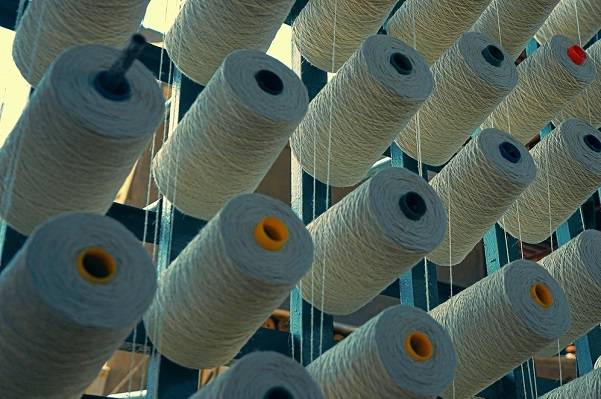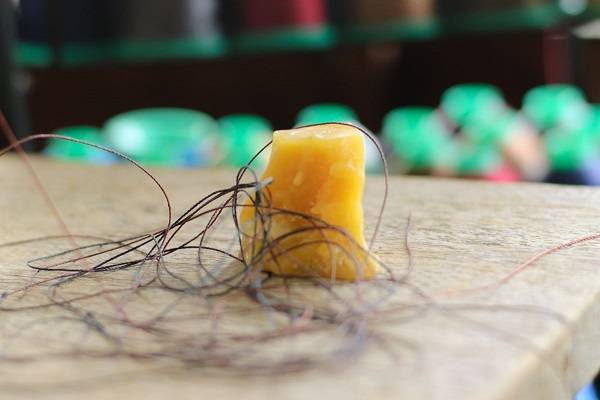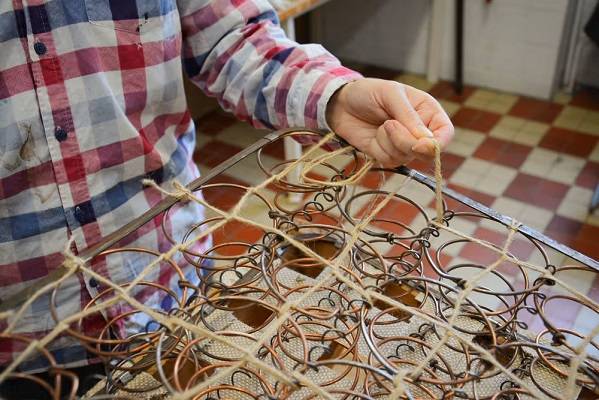How to Store Linen Cord and Thread to Prevent Drying, Tangling, or Damage
A Complete Guide for Crafters and DIYers Using Natural Flax Fiber Supplies
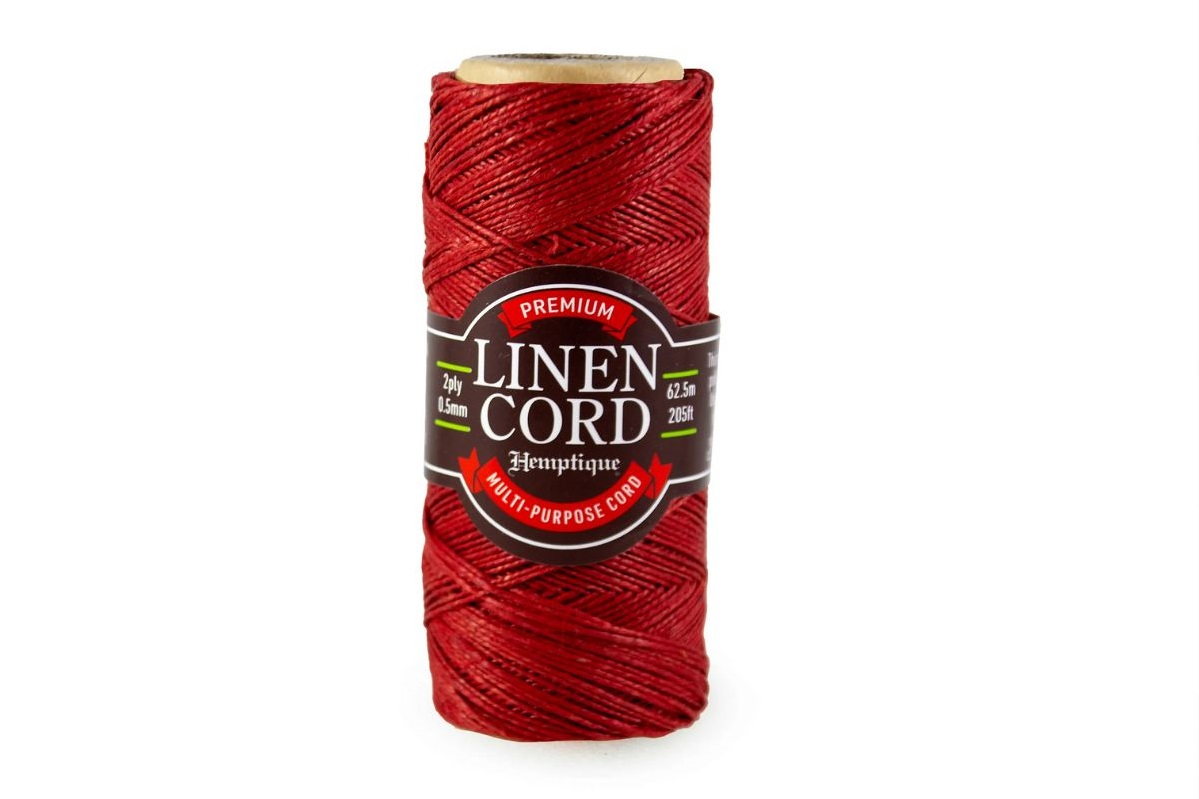
Innovation & Quality
Developing and supplying premium-quality, sustainably grown, consumer products
100% Natural
Organically Grown and Ethically Sourced
hemp and other natural fiber products
Shipping
We offer fast shipping
Your order out within 1-3 days
Wholesale
Visit our wholesale portal to register or login to your account
Table of Contents:
Common Issues from Improper Storage
Ideal Storage Conditions: Humidity, Light and Temperature
How to Store Different Types of Linen Products
Best Storage Containers and Tools
How to Prevent Tangling and Fraying
Linen Care Essentials: Maintaining Quality Over Time
Common Mistakes to Avoid When Storing Linen Cord
Organizing Flax Cords by Project Type or Frequency
Summary: Best Practices for Storing Linen Cord and Thread
Meet Your Source for Premium Linen Cordage
Common Issues from Improper Storage
- Drying or Brittleness: Leaving linen in overly dry environments (like a shelf near a heater or window) can lead to stiffness, breakage during crafting and poor knot performance.
- Mildew or Mold Growth: Damp basements or sealed plastic bins without ventilation often lead to moldy or musty-smelling cords, especially for untreated or unwaxed linen.
- Tangling: Tossing cord into a drawer without winding or securing it first often results in tight knots or loose loops that waste time and material.
- Fraying and Dust Accumulation: Leaving threads exposed on a workbench or in an open container allows dust to settle and the ends to fray with every bump or pull.
- Wax Degradation: For waxed thread, temperature swings cause wax to melt, re-set unevenly or flake off. This can lead to a sticky feel or an uneven sewing experience.
Ideal Storage Conditions: Humidity, Light and Temperature
- Temperature: Maintain a consistent room temperature between 60–75°F. Avoid storing linen cords near heaters, attic spaces or sunny windowsills.
- Humidity: Linen performs best when kept in a moderately humid environment. Air that's too dry causes it to become brittle; air that's too humid encourages mold. Aim for 40%–55% humidity.
- Light: Direct sunlight will gradually fade dyed cords and degrade wax coatings. Keep your storage area shaded or use opaque containers.
- Air Circulation: Allow your cords to breathe. Store them in canvas bins, fabric bags, or cardboard boxes. Avoid sealing waxed thread in plastic unless the climate is dry and stable.
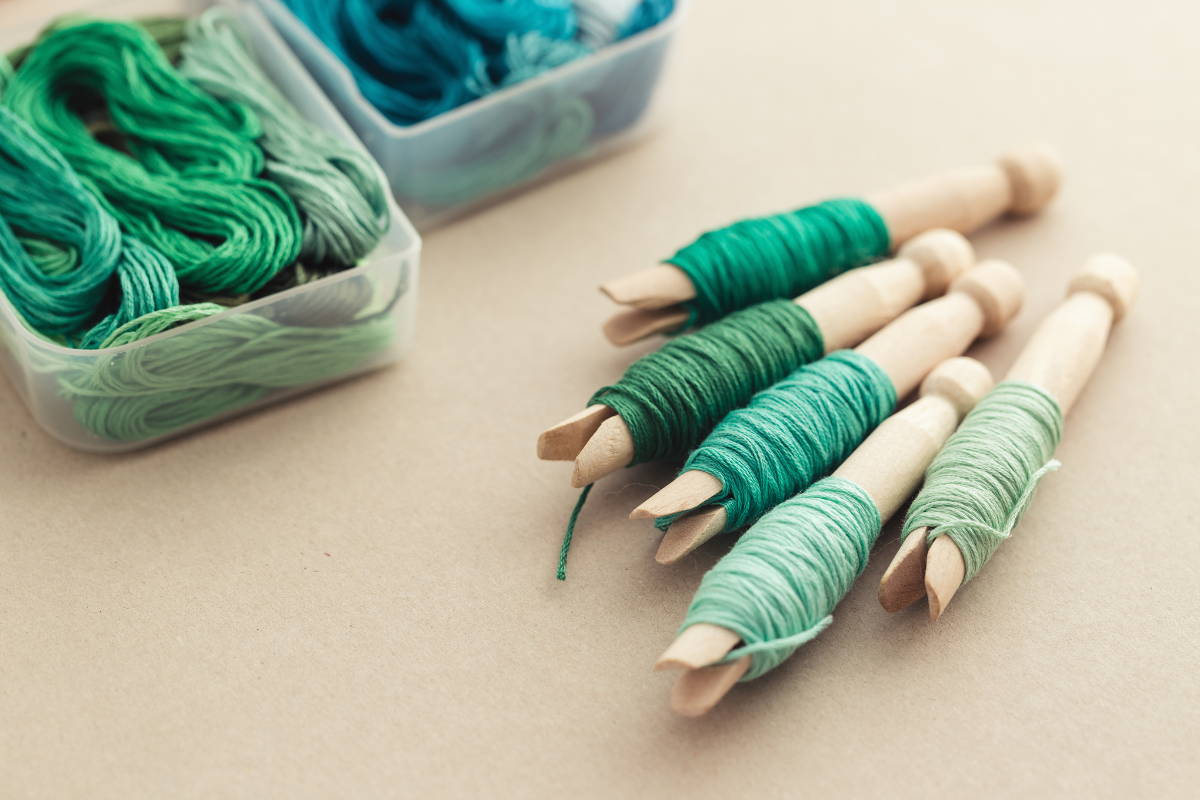
How to Store Different Types of Linen Products
Loose Linen Cord and Twine
- Wrap and Wind: Use figure-eight loops or bobbins to keep cord lengths organized. Tangling is less likely when fibers are under light tension.
- Secure Ends: Use cloth ties or rubber bands to keep ends from uncoiling. Crafters often skip this step, then spend hours unraveling.
- Bag and Label: Place each bundle into a breathable cotton bag with a simple label noting ply, length and finish. This saves time during future projects.
Spools and Thread Cones
- Store Upright: Keeping cones and spools upright helps preserve tension and prevents crushing.
- Rack Display: Use a wooden or metal dowel rack to organize by size or finish. This makes it easier to grab the right cord when inspiration strikes.
Cover When Exposed: Threads that sit out on a shelf should be loosely draped with muslin to prevent dust buildup.
Waxed vs. Unwaxed Linen
- Waxed Threads: Rewrap in parchment or wax paper before placing it in storage if you notice the thread sticking together. This creates a buffer and reduces the mess.
- Unwaxed Threads: Store in a fabric-lined box or container that allows air movement. Linen can hold moisture from the air and mildew quickly if sealed in plastic.
Best Storage Containers and Tools
- Thread Cards or Bobbins: For small amounts, these prevent tangles and help preserve cord structure.
- Wooden Racks: Classic for a reason, they allow you to see all your options while keeping threads tidy.
- Glass Jars with Lids: Jars with holes punched in the lid (or mesh inserts) work great for visual access and ventilation.
- Drawer Dividers: Use trays with sections to sort cords by thickness or use.
- Canvas Bins: Soft-sided bins let air in and protect your cord from friction or compression damage.
How to Prevent Tangling and Fraying
- Avoid Loose Piles: Never toss cords into a drawer uncoiled. Even short lengths will knot under their own weight.
- Rewrap Scraps: When you finish a project, immediately rewind any leftover cord onto a bobbin or reuse a small paper spool.
- Use Thread Keepers: Velcro cord ties or silicone wraps keep thread bundles from loosening.
- Seal Cut Ends: Use a dab of wax or secure the end with masking tape. This keeps fibers from separating or snagging on fabric.
Long-Term Storage Tips
- Label Clearly: Mark cords with yardage, ply count and coating type to avoid guessing later.
- Bag for Breathability: Seasonal cords can be packed into cotton drawstring bags and placed in large storage boxes or bins.
- Rewind Yearly: Re-spool long hanks once a year to redistribute tension. This avoids sharp bends or kinked sections.
- Separate Materials: Don’t store linen near lanolin-rich materials like wool, which can transfer oils and odors.
Linen Care Essentials: Maintaining Quality Over Time
- Dust Prevention: Wipe shelves with dry cloth monthly and avoid keeping cord near open windows.
- Recondition Waxed Cord: Use soy or beeswax to lightly coat thread if it feels dry. This helps maintain flexibility.
- Limit Handling: Oils from skin can weaken the structure of untreated threads over time. Handle with clean, dry hands.
- Natural Repellents: Avoid mothballs. Cedar chips or lavender sachets offer safe, non-toxic alternatives for protecting fibers.
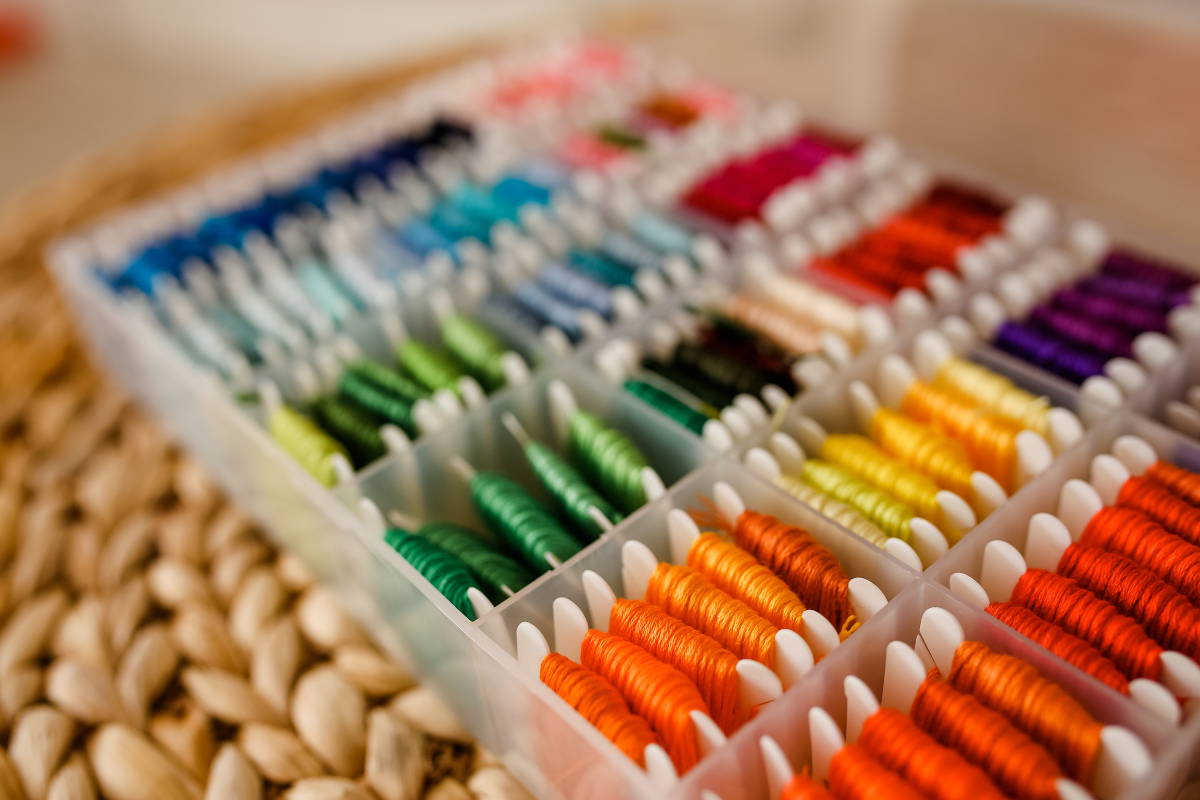
Common Mistakes to Avoid When Storing Linen Cord
- Using airtight plastic bins in humid spaces: This traps moisture and creates a breeding ground for mildew.
- Leaving cords near heat sources or windows: Direct heat can dry out the flax fibers or soften the wax coating, leading to brittle or sticky textures.
- Throwing loose thread into a drawer: Unsecured thread can wrap around other tools or itself, making it nearly unusable.
- Storing cords without labeling: Months later, you may forget the ply, finish, or type, making it harder to match with future projects.
- Mixing waxed and unwaxed threads together: This can cause unwanted residue transfer, especially in warmer temperatures.
Organizing Flax Cords by Project Type or Frequency
- Sort by frequency: Keep high-use cords (like your go-to thread for bookbinding or leather stitching) in top drawers or baskets for easy access.
- Separate by project type: Designate small bins or boxes for “gift wrapping,” “jewelry making,” or “textile repair” and place related cords inside.
- Color code bins: Use colored tape or tags on your storage boxes to identify thread types at a glance.
- Label everything clearly: Write down the cord ply, wax status, and yardage. This prevents confusion when restocking or mid-project.
- Hang inspiration samples: Use small clothespins to clip short samples to a corkboard with notes, ideal for artists testing texture or color before selecting a full spool.
Summary: Best Practices for Storing Linen Cord and Thread
- Keep cords in temperature-controlled, humidity-stable environments.
- Avoid direct sunlight and protect from dust.
- Use breathable containers and label everything clearly.
- Separate coated and uncoated threads.
- Regularly rewind and check condition of long-term stored materials.



